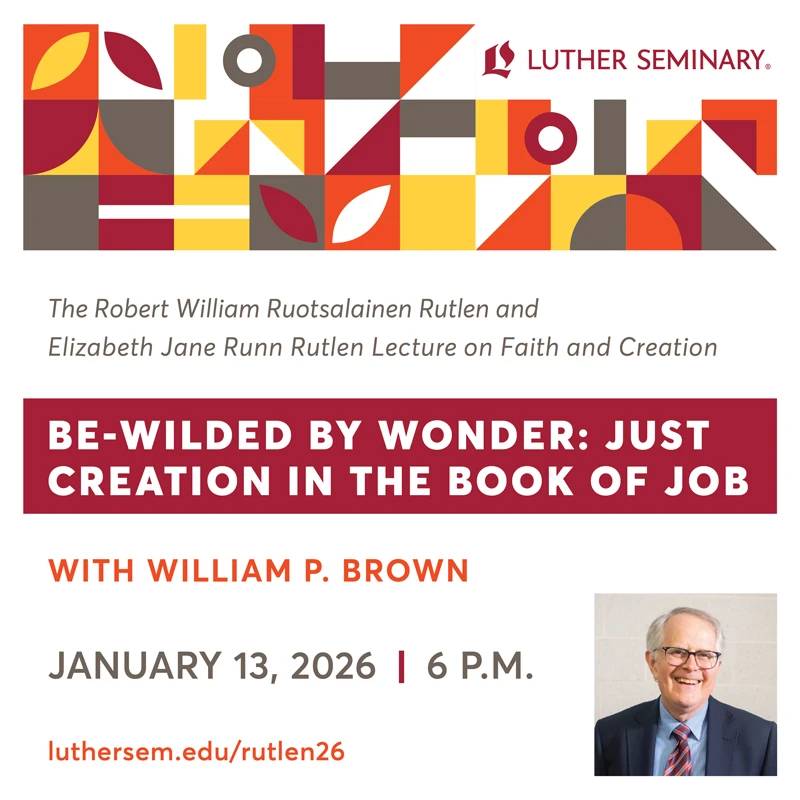Few scenes in the Gospel according to LukeThe "beloved physician" and companion of Paul. More stir up imagination and creativity like one that occurs in the final part of the narrative: the story of the disciples who walk with JesusJesus is the Messiah whose life, death, and resurrection are God's saving act for humanity. More to Emmaus on Easter Sunday and don’t recognize who he is until they share a meal with him.
About all we know about them is that one’s name is Cleopas. His anonymous companion could be his wife or sister. Chances are good that both of them are as scared as they are sad. Now that the sabbathSabbath is a weekly day of rest, the seventh day, observed on Saturday in Judaism and on Sunday in Christianity. In the book of Genesis, God rested on the seventh day; in the Gospel accounts Jesus and his disciples are criticized by some for not... More has passed and the sun is up, they leave Jerusalem. Evidently they want to put distance between themselves and the controversial prophet the Romans crucified on Friday. Maybe they run from the hopes that once lit a fire in them but now feel foolish.
The account, told in Luke 24:13–35, declares something most of us know to be true: resurrection faith does not come easily. It doesn’t automatically spring into existence from hearing reports of an empty tomb. Someone can quote scripture at you all afternoon and that won’t convince you, either. The narrator explains, about the two travelers, “Their eyes were kept from recognizing” Jesus (24:16), but the myopia doesn’t seem unique to their circumstances. Others have been dismissive about the news of the empty tomb already (24:11), and no one else has seen Jesus yet.
Moreover, the Jesus they are about to recognize has been resurrected, not merely resuscitated. This is more than being brought back to life; he has moved into a new kind of existence. They would have to recognize a reality they’ve never seen before.
This kind of recognition is less about trying harder or willing ourselves to be convinced than it is about experiencing something that gives us a nudge.
Disoriented in a shroud of mysteryA mystery is something secret, hidden and not perceived by ordinary means. In the book of Daniel a significant mystery is revealed through divine revelation (Daniel 2); Paul speaks of a mystery of God in Romans 11 and again in Ephesians 3. In speaking of... More, they cannot recognize Jesus until he reclines at a table with them and breaks bread. Poof. Memories reappear. Minds reopen. Bodies are fed. Hopes reignite. Most notably, fear evaporates, for Cleopas and his partner immediately rush back to Jerusalem.
Theology has limits. At least, theology expressed with words, proposals, and explanations certainly does. The author of Luke might have inserted a paragraph or two here to elucidate the character of resurrected life or the ways in which Jesus and his new life become known to the world. No need for that; apparently the story is supposed to answer those questions. Or maybe it aims to generate questions we have to live with.
Thank God for artists who can direct us deeper into those questions and help us ponder what the good news is all about and how it affects our lives.
Artistic representations break open the scene at the Emmaus table for me, especially creative pieces that capture the moment of recognition when Jesus breaks bread. So many emotions in that moment, and all at once. Study at the people at the table in Rembrandt’s “The Supper at Emmaus,” Karl Schmidt-Rottluff’s “Emmaus,” and Laura James’ “Emmaus Story.” Their expressions tell the story just fine. Each of them has a “Can you believe this?” energy about them. This is how it goes for us who read the Gospels and have never seen Jesus in his resurrected embodied self. We recognize him in part by relying on the witness of the people who have, such as the ones depicted by these artists.
Sometimes painters add features and characters to Luke’s narrative. As you can see in the Rembrandt painting already mentioned, there is an artistic tradition of depicting food servers and preparers who seem to know that something’s up. They sense that no ordinary diner takes his place at the table. See, for example, Diego Velázquez’s “Kitchen Maid with the Supper at Emmaus,” which features a woman whose face reveals her insight and wisdomWisdom encompasses the qualities of experience, knowledge, and good judgment. The Old Testament book of Proverbs, which sometimes invokes a Woman as the personification of Wisdom, is a collection of aphorisms and moral teachings. Along with other biblical passages, it teaches, "The fear of the... More. There is a telling kitchen worker also in Frans Snyders’ “The Scene in the Kitchen: Christ at Emmaus,” with its symbols of nourishment, fruitfulness, and also death. (And, for a delightful contemporary interpretation, check out Barry Motes’s “Supper at Yummaus.”) People on the periphery might have an easier time recognizing Jesus than people at the center of the action. It’s a warning against making our own individual perceptions the center of our realities. We’re in it together when it comes to matters of faith.
Most of all, I appreciate visual art that characterizes the recognition as an experience of wild joy in the midst of celebration. Emmanuel Garibay’s “Emmaus” brilliantly captures that, with surprise, familiarity, and even hilarity wrapped up together. Garibay sets the recognition in a crowded and presumably loud restaurant or pub, reminding us that recognizing Jesus in other people isn’t an experience reserved for cathedrals or solitude. Observe carefully as you go through your days and you might discern his wounds and new life in anyone.
I encourage people to read the Gospels’ concluding chapters first, before reading through the whole narrative starting from the first chapter. The various Easter scenes give us a sense of themes that animate a given Gospel.
Reading all of Luke in light of the Emmaus revelation helps center the question of what makes Jesus and his significance recognizable to others. Early in Luke, the HolyHoly is a term that originally meant set apart for the worship or service of God. While the term may refer to people, objects, time, or places, holiness in Judaism and Christianity primarily denotes the realm of the divine More Spirit plays a major role in the prophetic insights of ElizabethMother of John the Baptist. More, Mary, Zechariah, Simeon, AnnaAnna appears in Luke 2:36-38, as Mary and Joseph bring the infant Jesus to the temple in Jerusalem eight days after his birth. More, and John. The people who eat and drink with Jesus later in the story have firsthand knowledge about the wideness of his mercyMercy is a term used to describe leniency or compassion. God's mercy is frequently referred to or invoked in both the Old and New Testaments. More. The outsiders who cling to him can tell he’s the source of salvationSalvation can mean saved from something (deliverance) or for something (redemption). Paul preached that salvation comes through the death of Christ on the cross which redeemed sinners from death and for a grace-filled life. More.
Seek Jesus Christ where he habitually shows up, where he situates himself across the pages of Luke: among strangers, among travelers, among people fleeing danger, among people who lack wholeness and advantages, and in places where lives are fed and sustained. It’s a little risky to commit ourselves to such people these days, which makes it all the more urgent that we do so.
When we put ourselves in those situations, we can find opportunities to recognize the new life that Jesus provides. The recognition is an experience of wonder. And courage. And joy—did I mention the wild joy?—even in a story that so prominently features opposition, oppression, and death.







